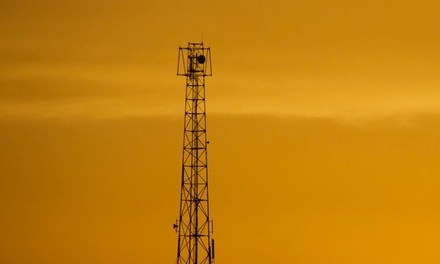News
BT conducted a live High Dynamic Range UHD streaming test during the second leg of Tottenham’s Champions League clash with Juventus at Wembley.
BT and EE completed a world’s first on Wednesday evening when they broadcast Tottenham’s Champion’s League tie with Juventus in High Dynamic Range (HDR) Ultra High-Definition (UHD) at a private screening in London. The broadcast also utilised the latest Virtual Reality 360 technology.
“Mobile viewers are an important and growing part of our audience, and we’re constantly focusing on innovating to ensure the best possible fan experience. HDR is the future for mobile – the technology is perfect for getting the most out of the small screen, with incredible colour and definition,” said Jamie Hindhaugh, chief operating officer, BT Sport and BT TV.
The live test broadcast utilised 24 UHD cameras at Wembley stadium. 17 of these cameras had native HDR technology, with the remaining seven being up-converted to HDR 10 PQ. BT will continue to develop and evolve the HDR technology over the coming months.
During the live demo, the HDR feed was streamed to a Samsung Galaxy S9 smartphone. The broadcast provided startlingly clear picture quality, and a glimpse into the future potential of UHD and HDR mobile content viewing.
"Based on my experience, a combination of HD and HDR is likely to be better suited to smaller screens. Not only does it provide an excellent image quality, it also brings lots of other advantages. In particular, broadcasting a live stream in HD and HDR needs far less bandwidth than 4K content; about 7 Mbps rather than 16 Mbps to 20 Mbps for 4K. Consumers will use less data and gain a better viewing experience when relying on a mobile connection. For mobile operators, it would seem that the economics of delivering live video in this format makes more sense than in 4K," said Paolo Pescatore, VP for Multiplay and Media at CCS Insight.


















